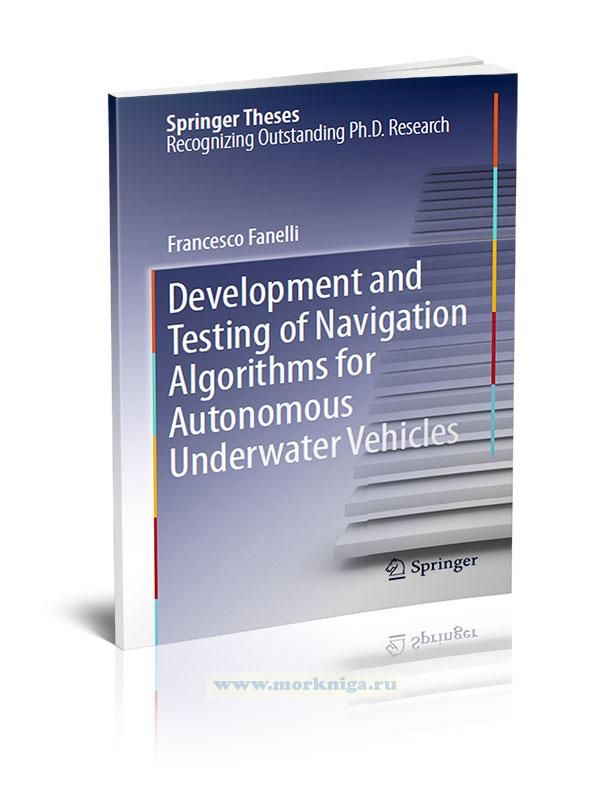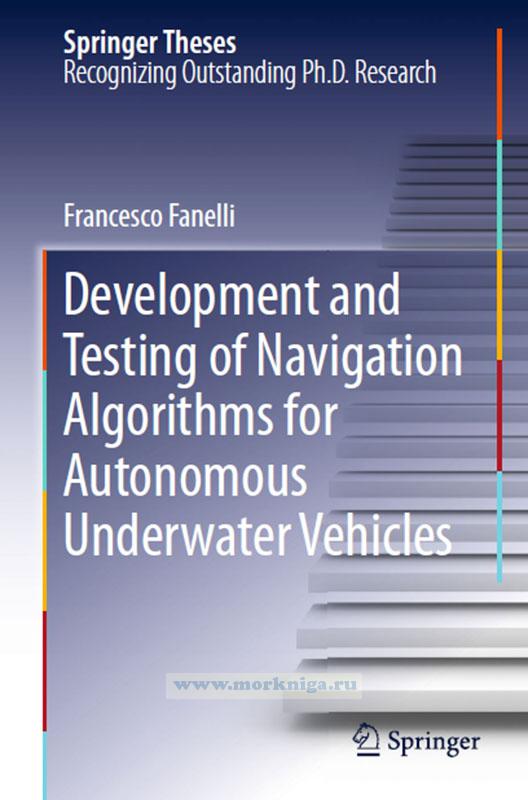Сб с 10 до 16
Development and Testing of Navigation Algorithms for Autonomous Underwater Vehicles/Разработка и тестирование навигационных алгоритмов для автономных подводных аппаратов
Издание на английском языке
With an ever increasing interest for what lies below the ocean’s surface, the use of autonomous underwater robots is rapidly becoming a common practice, both within industry and academia. Nonetheless, the demanding accuracy requirements needed to successfully complete autonomous tasks in such a hostile environment call for precise and reliable navigation systems. Addressing the abovementioned issues, this thesis focuses on the study of self-localization techniques for underwater robots. In particular, exploiting only sensors which are commonly mounted on board underwater vehicles (thus not requiring external instrumentation, which comes with relevant cost and deployment time), attitude and position estimation algorithms are derived. The theoretical argumentation, illustrated with clarity and scientific rigor, is paired with a considerable share of validation results composed of simulation results exploiting real navigation data, or field validation tests aimed at assessing the effectiveness of the developed solutions in a real-world scenario. Indeed, field testing constitutes a relevant share of the research activity described in this thesis, giving value and significance to the whole work: the developed navigation algorithms, successfully validated, pave the way for additional research activity, and practical field application in a wide variety of sectors.
Contents
1 Introduction
1.1 Overall Framework
1.2 State of the Art of Underwater Navigation Techniques
1.3 Contribution and Thesis Structure
References
2 Involved Vehicles
2.1 Typhoon Class AUVs
2.2 MARTA AUV
2.3 FeelHippo AUV
3 Mathematical Background
3.1 AUV Kinematic and Dynamic Model
3.1.1 AUV Dynamic Model in the Presence of Sea Currents
3.2 Unscented Kalman Filter
3.2.1 Unscented Transform
3.2.2 Unscented Kalman Filter Algorithm
3.3 Sensors Modeling
References
4 Navigation Filter
4.1 Attitude Estimation Filter
4.1.1 Magnetometer Calibration
4.1.2 Attitude Estimator Design Changes
4.2 Position Estimation Filter
4.2.1 AUV State-Space Model
4.2.2 Sea Current Estimation
References
5 Results
5.1 Attitude Estimator
5.2 Position Estimator
5.3 Sea Current Estimator
References
6 Conclusion
Appendix: Author’s Biography

